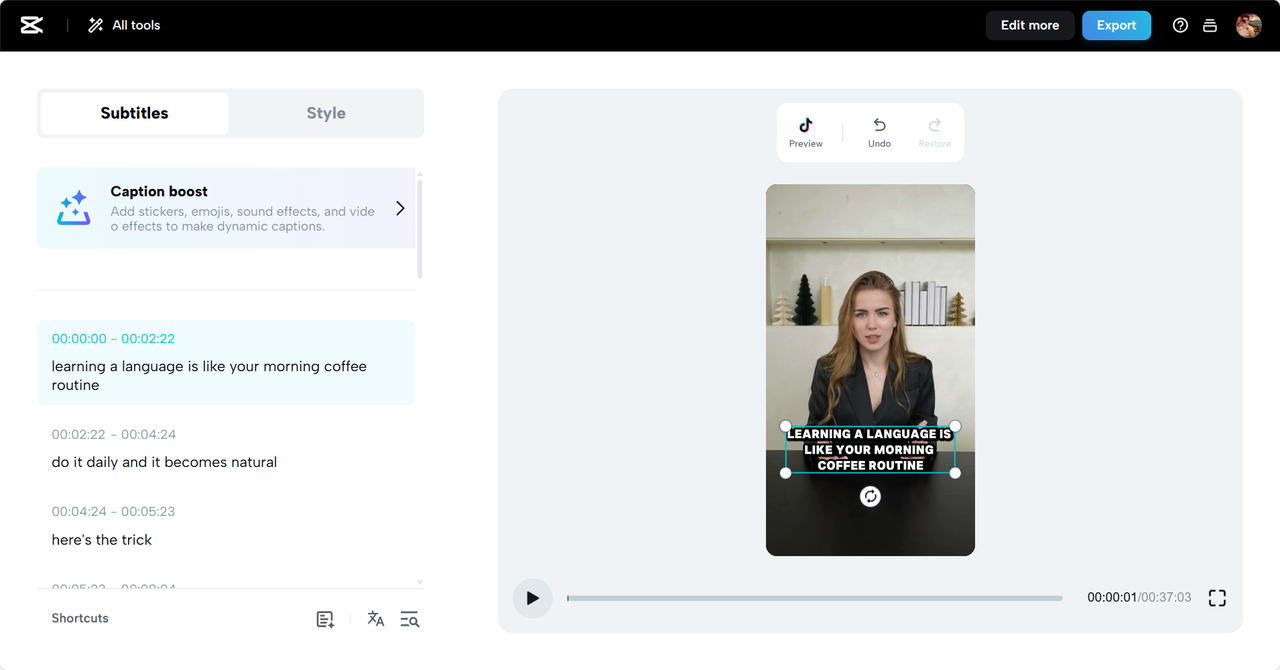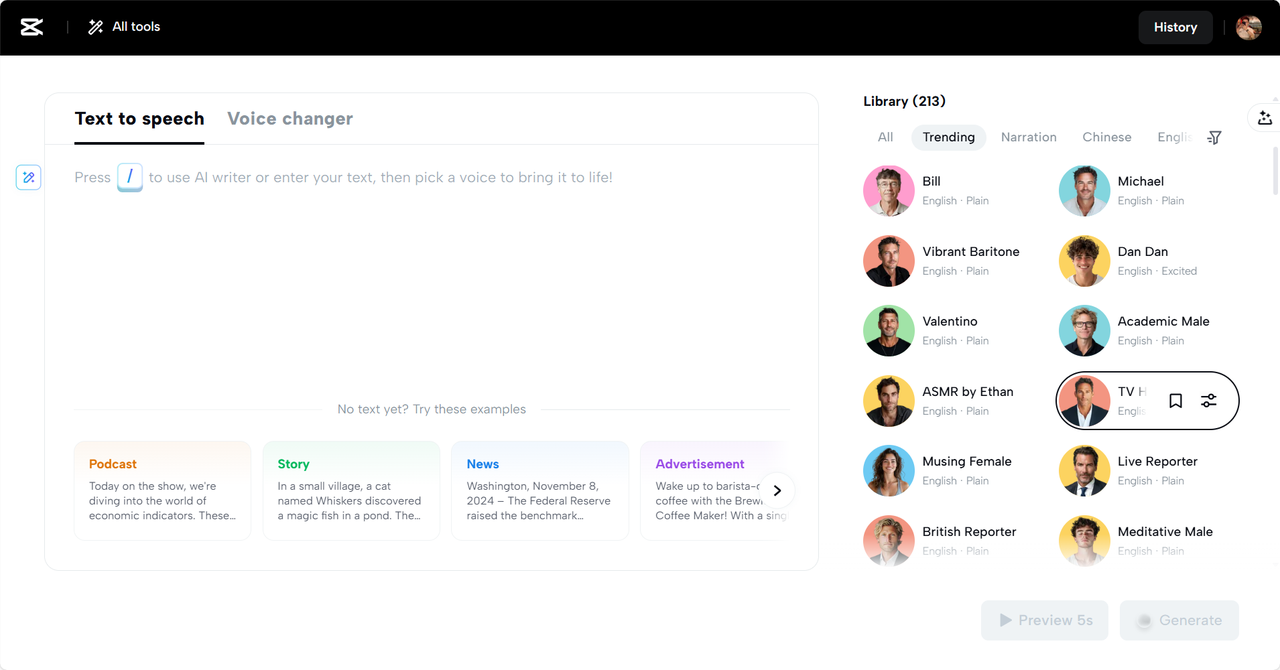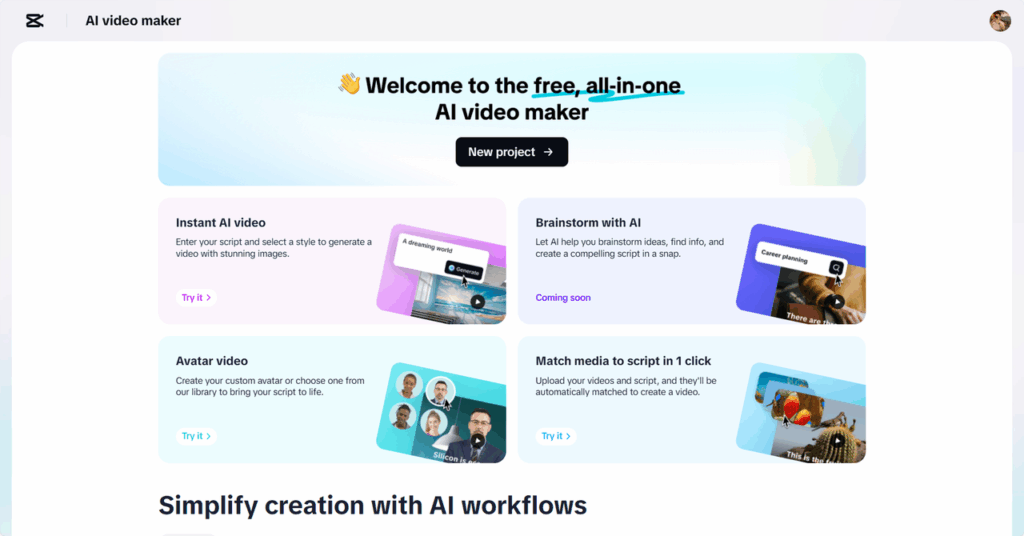Building an engaging video is not small work. Pacing is one of the most critical aspects – the way each scene builds and links into the next. Bad pacing can make the video seem too rushed, or the opposite, like too drawn out, and the viewer can get confused or bored. On the other hand, excellent pacing improves clarity and guarantees messages are spread out appropriately.
Pacing plays an essential role in the way people consume and respond to video content. When rhythm, transitions and time are combined, your audience remains interested and remembers more. If you’re working on a tutorial, promo or explainer, mastering the art of pacing is a backdoor to sounding like a paid professional storyteller.
What Is Smart Scene Pacing in Video Editing?
Smart scene pacing is a deliberate control of tempo, transitions and duration in a video. It allows the scenes to flow seamlessly, allowing viewers time to comprehend without losing interest. The pacing that is right directs the eye, establishes the tone, and sustains the audience.
Keeping a balance between speedy visuals and clarity is essential. Too fast a video can be overwhelming. Too slow, and the audience is bored. Brilliant pacing employs rhythm—cutting and transition rhythm to match the flow of the narrative. A short scene shift, a slow zoom, or a fade can help to improve understanding significantly.
This is where an AI video maker such as CapCut Web comes in. It knows the intricacies of pacing and utilizes clever tools to keep the story going.
CapCut Web’s Intelligent Pacing Features
CapCut Web’s AI goes beyond basic editing. It starts by automatically detecting scene breaks and organizing content into meaningful segments. This helps the video follow a logical structure and avoids abrupt or awkward cuts.
By analyzing the script, the AI adjusts tempo dynamically. For example, a high-energy product launch might benefit from rapid transitions, while an emotional story needs a slower rhythm. The system evaluates context and sets appropriate scene lengths, letting each message land before moving forward.
These intelligent pacing features make CapCut Web a powerful choice for creators aiming for polished, cinematic results.
Steps to Make Video Using CapCut Web
Step 1: Enter Your Teaser’s Script Brief With Flow In Mind
At the “Script” tab, input a “Topic” and “Key points” that are organized with logical sequence in mind. Click “Create” and let the AI arrange a script that supports seamless pacing between scenes.
Step 2: Add Voiceovers, Captions, and Music to Support Transitions
Move to “Scenes” to assign voiceovers across the script in a rhythm that promotes flow. Go to “Voice,” choose a natural cadence voice, and hit “Apply for all scenes.” Use “Captions” to guide viewers smoothly between ideas. Select music from the “Music” tab that complements tempo changes between segments.
Step 3: Preview Scene Pacing or Fine-Tune It
Preview how each scene flows into the next and click “Export” if satisfied. If you want more dynamic pacing or enhanced transitions, click “Edit more” and use CapCut Web’s main video editor to insert cuts, fades, or motion effects for improved continuity.
Aligning Visual and Narrative Tempo
To maintain a viewer’s focus, it’s crucial to align visuals with the story’s rhythm. Well-placed pauses allow your audience to digest information. For instance, slowing down before an important message ensures it stands out. Transitions like gentle fades or soft zooms make scene changes feel natural.
Syncing music tempo with visuals also enhances flow. A rising beat can build energy during a product reveal, while a soft instrumental sets the tone for a heartfelt message. This alignment reinforces emotional cues and maintains viewer interest.
An AI caption generator can assist in keeping captions synchronized with voiceovers. It ensures that text doesn’t appear too early or too late, maintaining the pacing between audio and visual elements.

Benefits of Smart Pacing for Different Video Types
Smart pacing benefits all content types. In ad campaigns, you only have seconds to capture attention. Fast but coherent transitions help deliver the message quickly and clearly. Educational content relies on good pacing for comprehension. Slower segments during key concepts help ensure retention. Explainer videos benefit from a steady, structured flow that supports understanding.
CapCut Web’s tools help creators optimize pacing automatically, ensuring the right speed for each content type.
How AI Removes Manual Timing Hassles
Manual timing adjustments can be tedious and time-consuming. With AI, there’s no need to cut each scene or guess how long a clip should be. The system automatically adjusts scene durations based on narration and content. This saves time and improves consistency.
Voice, visuals, and text are smartly synchronized. If you’re using text to speech free, the AI will match the generated audio with your visuals, ensuring natural pacing. It takes the burden off manual syncing, especially useful in tight production timelines.

AI-driven timing means your video flows like it was crafted by a professional editor — without needing deep technical skills.
Conclusion
Professional video storytelling relies heavily on seamless scene transitions and pacing. Smart pacing not only makes videos visually appealing but also keeps viewers engaged and informed.
CapCut Web’s intelligent pacing features take the guesswork out of video editing. With tools that analyze scripts, adjust tempo, and sync voice, visuals, and music, it offers a streamlined way to craft impactful content. Whether you’re creating ads, tutorials, or educational materials, the platform’s AI-driven capabilities deliver cinematic results — all without the editing headache.
By using CapCut Web, you gain full creative control while letting advanced AI handle the complex work behind the scenes. The result is smoother, more effective storytelling with less effort.


More Stories
How Material Innovation Is Influencing Contemporary Design Objects
How Automation and Smart Tools Are Transforming Architectural Practice
Why Turnkey Sweepstakes Software Is Catching On Fast